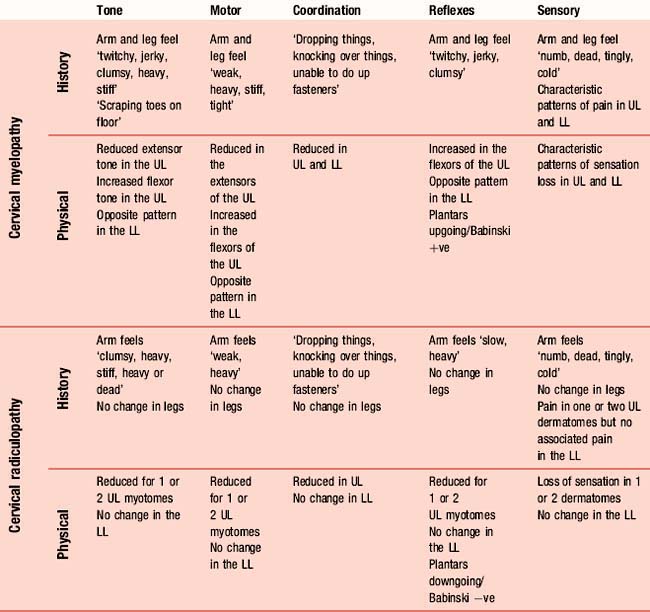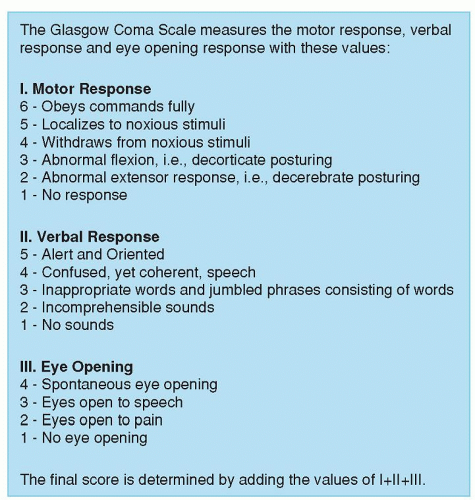1 The COVCOG study consists of a baseline assessment of characteristics and cognition in samples of individuals who had or had not experienced COVID-19 infection. The DSM5 acknowledges the absence of validity for these.

Neurological Assessment Musculoskeletal Key
High-pressure nervous syndrome HPNS also known as high-pressure neurological syndrome is a neurological and physiological diving disorder which can result when a diver descends below about 500 feet 150 m using a breathing gas containing helium.

. Physical or neurological damage may relate to academic and social functioning and may affect treatment outcome. An assessment in the intensive care unit for an unconscious patient is quite different from the. The diagnostic criteria describe three different subtypes or presentations in the DSM5 according to the predominant symptoms.
Keep in mind the possibility that the patient has both FND and another neurological disorder. Like any other aspect of the exam the neurological assessment has limits. A neurological assessment is focused on selected critical components that are sensitive to change and that provide an overview of the patients overall condition.
These figures may not tell the full story being based on a list of 12 physical symptoms which does not include. A neurological examination is the assessment of sensory neuron and motor responses especially reflexes to determine whether the nervous system is impaired. These strategies are aimed to verify the presence of dysphagia.
Contacts Table in 14 below because some awarding components have application requirements that differ from those for NIH. Or a patients severe degenerative hip disease will prevent. Describe appropriate components of pain assessment.
Once an activity code has. Testing of one system is often predicated on the normal function of other organ systems. Furthermore people with high levels of alexithymia can have difficulty distinguishing and appreciating the emotions of.
The PHS 398 is required for all grant activity codes that have not transitioned to the SF424RR. If for example a patient is visually impaired they may not be able to perform finger to nose testing a part of the assessment of cerebellar function see below. Predominantly inattentive type predominantly hyperactiveimpulsive type and combined type a combination of both hyperactiveimpulsive and inattentive symptoms.
Describe developmental and individual patient considerations in assessing pain. It can be used both as a screening tool and as an. The nurse must decide what other components if any should be added to best monitor the patients condition.
The effects experienced and the severity of those effects depend on the rate of descent the depth and the percentage of helium. Recent reports describe functional neurological signs in a subset of patients with Parkinsons disease114 115 or multiple sclerosis116 Overall data from a systematic review and a prospective study underscore that rates of misdiagnosis in FND since 1970 once confirmed. Given the frequent finding of developmental delays a developmental assessment may be necessary and several instruments are available to measure motor communication self-care and physical development see Table 1.
This typically includes a physical examination and a review of the patients medical history but not deeper investigation such as neuroimaging. The core characteristic of alexithymia is marked dysfunction in emotional awareness social attachment and interpersonal relation. Recommendations for assessment and correct diagnosis of FMD are available elsewhere14 15 There is a consensus among health professionals regarding the importance of a clear physician explanation to the patient and their carers regarding the diagnosis16 17 detailed further below.
Functional neurological disorder is common in neurological practice. Clinical non-instrumental strategies have a critical role in the diagnosis and assessment of the dysphagia as well as treatment outcomes in patients with MS. Conducted using the online assessment platform Gorilla.
Discuss considerations with using opioids. Identify pharmacologic and non-pharmacologic interventions to alleviate pain. It is integral to the role of a nurse.
Alexithymia is a personality trait characterized by the subclinical inability to identify and describe emotions experienced by oneself. Pain can be a common experience for patients in the hospital setting. The critical outcomes of the explanation which appear to facilitate physiotherapy are.
NIH continues to transition grant activity codes from the PHS 398 to the SF424 RR and electronic submission through Grantsgov. A new approach to the positive diagnosis of this disorder focuses on recognisable patterns of genuinely experienced symptoms and signs that show variability within the same task and between different tasks over time. The clinical examination remains the primary method for assessing swallowing dysfunctions in various neurological conditions including MS.
Psychological stressors are common risk factors for functional neurological.

The Neurologic Exam Step By Step

Neurological Assessment Nurse Key


0 Comments